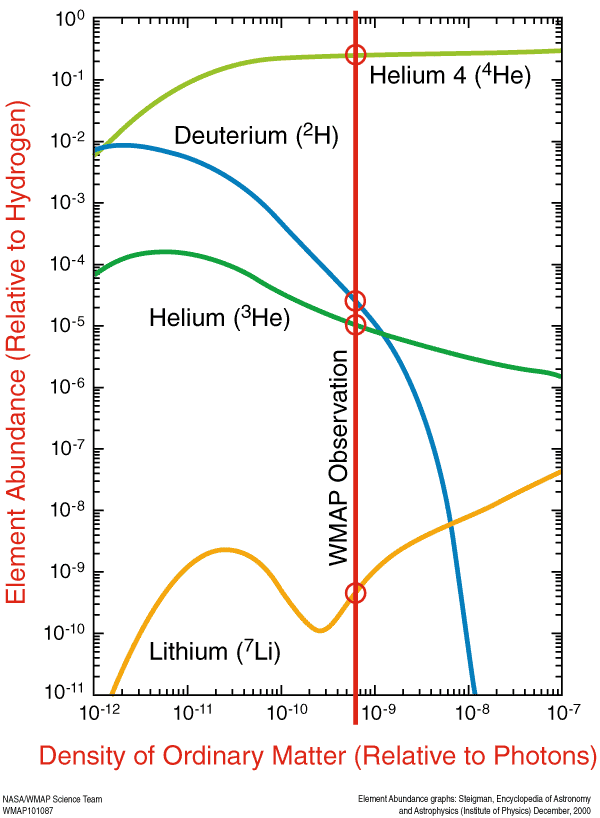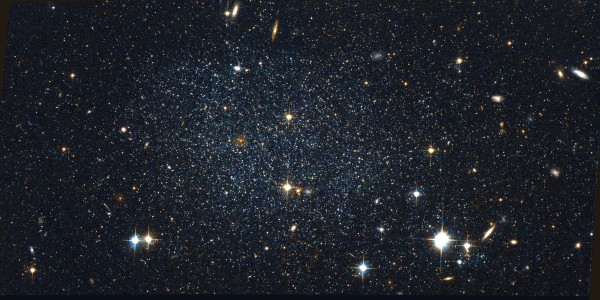“The nitrogen in our DNA, the calcium in our teeth, the iron in our blood, the carbon in our apple pies were made in the interiors of collapsing stars. We are made of starstuff.” -Carl Sagan
That might be true: all the heavy elements -- in theory -- were created after at least one generation of stars lived-and-died. But if we want to know what the Universe started off with, we have to find what the Universe was like before any stars formed.
This is a seemingly paradoxical task: how can you find a signature of what the Universe was made up of before stars formed, when it's stars themselves that emit the signatures that allow us to find things? There's an amazing spectroscopic technique that offers hope: find a pristine cloud of gas that's never formed stars that intervenes between us and a distant quasar or galaxy. We know these clouds of gas must exist in the young Universe, because we see late-forming galaxies in isolation in space.
After nearly 70 years of mystery, we finally found the first atoms in the Universe, in the latest test of the Big Bang. Go read the whole story.



Hi Ethan, thanks for another fantastic illuminating post.
I'm interested in the role of dark matter in helping to form the first stars.
In particular, I understand Katherine Freese, & Doug Spolyar (among many others) have been researching how the first stars that formed may of been powered by dark matter instead of fusion,
Unfortunately, my knowledge on this topic is somewhat limited. Any help ?
When the CMB formed, the radiation didn't have enough energy to ionize atoms, but it had (for some time period) surely enough energy to excite atoms. And this excitations and deexcitasions shall leave some traces in both absorption and emission CMB spectra (especially if the exited state decayed by radiating two photons).
Are these traces to faint to detect them? Or is this idea complete nonsense?
Given this early nuclear malestrom in the early universe, I'd think that large numbers of neutrinos would have been formed. Neutrinos in a very real sense are a form of dark matter (i.e. weakly interacting, and carrying mass-energy). How well constrained is the neutrino density of the modern universe?
@Omega Centauri #3: The neutrino background is very well constrained, in the same way that BBN (see Ethan's post) is well-constrained.
The Wikipedia article (https://en.wikipedia.org/wiki/Cosmic_neutrino_background) discusses the (in)direct cosmological constraints. In addition, there are constraints which derive from the particle physics, independent of cosmological observations.
The width of the Z^0 resonance sets a hard limit on the number of light (i.e., below 45 GeV!) neutrino species, and the electroweak part of the Standard Model, which is solidly understood, determines the photon/neutrino ratio in the early Universe.
Hi I just found your blog. I teach space and earth to grade 12 students and I really enjoyed your article. You have provided high level content in a very accessible manner. Thanks so much!
I can definitely use this with my class. And I will search your blog for more